Zippo didn’t get back from retrieving the starlight scope from Rittenhouse until full dark. There’d been no fire from the hill. I’d registered our new position but not ordered a fire mission. I knew it wouldn’t be long. I wasn’t afraid of taking fire from a heavy machine gun nearly as much as I was from the prospect of the NVA attacking and penetrating our lines, or what might come of the obvious threat from First and Fourth platoons internally. By the time I moved to Zippo’s hooch to try out the scope, I realized my shaking hands were back. Longer than an M16, the scope weighed twice as much. It was like handling a thick length of sewer pipe with a big rubber grommet on one end. The night mist returned, combining with my repellent soaked hands to make the black metal hopelessly slippery. Handling the ungainly scope, in conjunction with my shaking, was nearly impossible. The case for it had to be bigger than Fusner’s radio. I wondered if the thing was worth the effort until Stevens flipped a switch and I pushed my eye into the rubber grommet and stared into the lens.
Green light everywhere. Shadows of green light in the distance. I knew I was seeing things in the dark that were impossible for a human eye to detect, but I couldn’t make them out. Everything moved too much and the scope seemed to be slowing things down. If I moved the scope at all it seemed to take part of a second for the green scene to catch up.

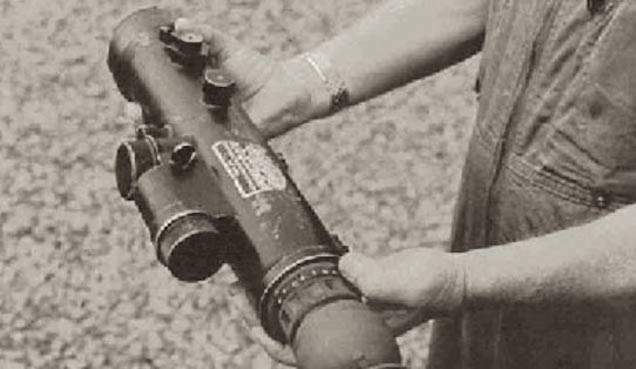
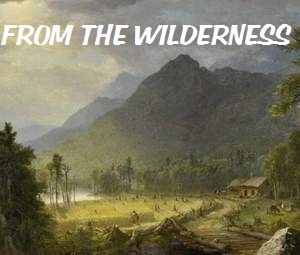


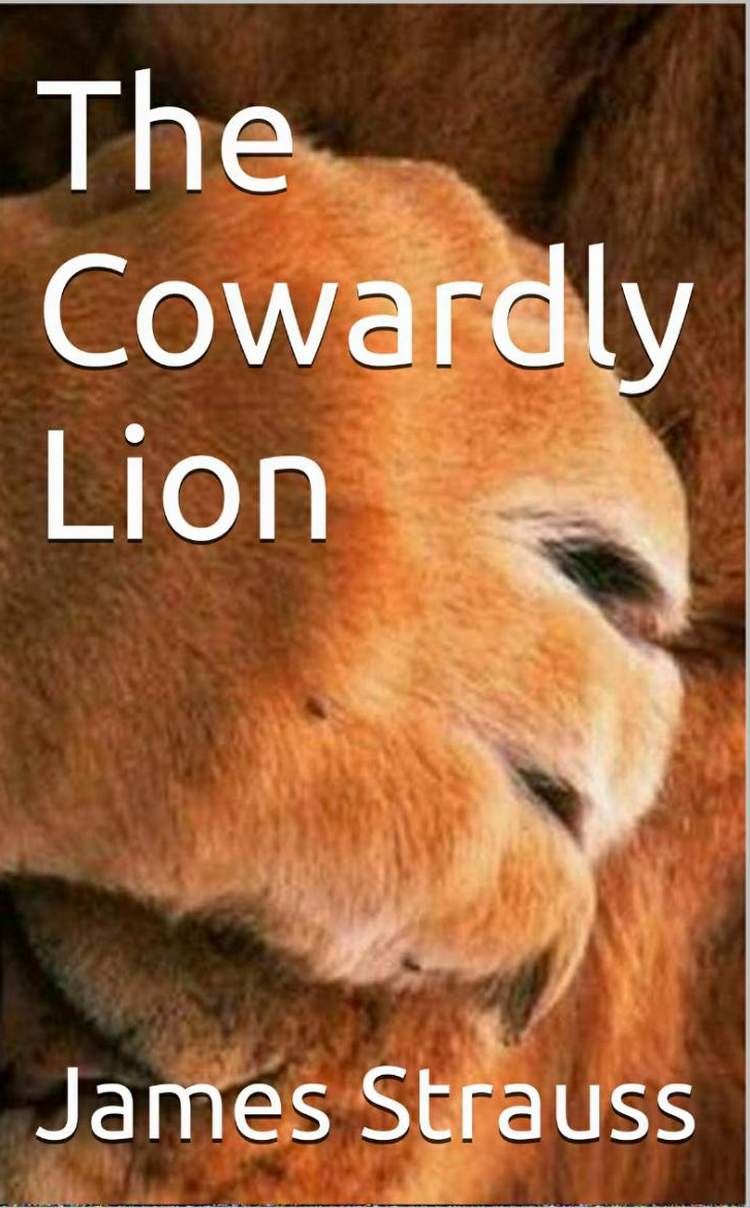
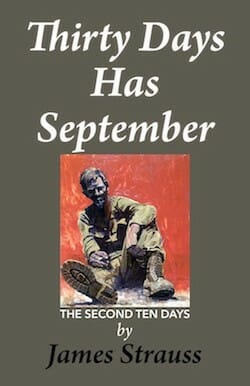

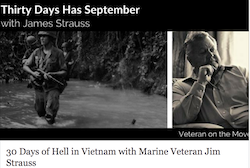
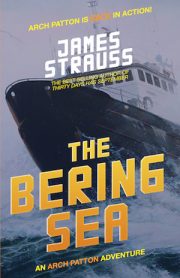

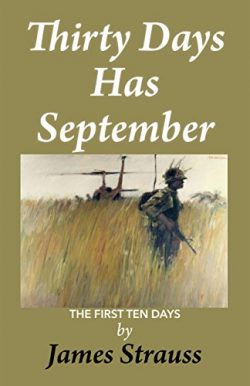
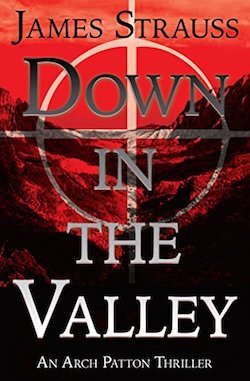

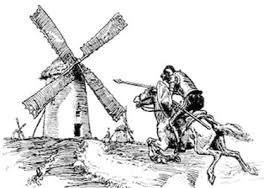
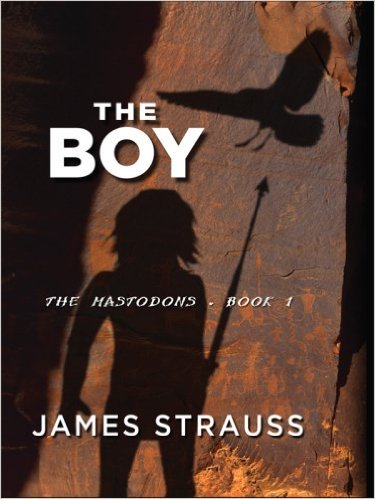
You never forget the smell of the jungle mixed with burning gunpowder . There are still nights when I wake up and for a brief instant can smell it . Then realizing where I am I take a deep breath and wipe away the sweat and try to go back to sleep . Two tours without a scratch thanks to the lord and a lot of great men I served along side of .
That smell will never go away. I almost went back to Vietnam once just to walk the island again but thought better of it.
I could not figure out what I could gain and although I appreciate the Vietnamese and my old scout sergeant I still don’t want to
let it all go. Like some of the WWII guys and the Japanese I think.
Semper fi,
Jim
James,I am reading right along. I particularly enjoy your attention to detail. Perfect description of peering though a Starlight scope and hoping for first light. I carried one on a Army Lurp team in Vietnam. I was almost equally anxious about losing the thing as I was using the thing. Just another of the endless absurdities when you are twenty years old, in the thick of it.
Thank you Mark for the reading and the commentary. That damned invention saved my life a couple of times but what a bulky
reactive and undependable thing it was compared to the latest NVGs they use today. Semper fi, Jim
When was NGF on GoNoi? I called New Jersey on GoNoi fall of 69. Was Scout Sniper with 5th at An Hoa
68 Steve. We were way out there near the gun’s maximum range, as you know. At that range the damned rounds could not be trusted.
Impressive as hell when those freight trains went off though. Wow.
Semper fi,
Jim
My brother Spec 4 Paul E. Vaughn was wounded on Firebase Birmingham, on August 10,1971.
Sorry to read that Wayne. So many of us got our butts shot off over there and then returned home to a patched up society that wasn’t really ready for us at all. Hope he did okay.
Semper fi,
Jim
The terror of the night never ceased to leave me amazed that I made it to see the light of day again. I anxiously await each new chapter! You have stirred so many memories both good and bad but it’s good to bring them out. Semper Fi
Thank you Jack. It is the guys like you that drive me on into writing every speck of the experience…for those who cannot’write it or say it or sometimes even think it. Thank you most sincerely for the vote of confidence, your readership and your support.
Semper fi,
Jim
Shipboard testing of the old Mark 1A Analog computer was done constantly. The dynamic “B” tests ensured that with an accurate target speed input the gun target line bearing over a time span did actually meet specifications. In NGFS operations the speed and course made good by the ship was used as the “target” speed and course of the target with own ship speed input set to zero. The initial target bearing and range were set in and the time motor was started. After a series of “Marks” were done to know that the generated target bearing and range were computing accurately, we were then ready to engage with the spotter’s call for fire. Of course our limited range from just offshore could not help you folks in the Au Shau Valley. Your artillery folks were your life.
Received Naval Gun Fire once. It was the New Jersey firing into the Gonoi Island
area. Astounding that the 16 inche monster shells could reach that far inland. At the end of
its range though so accuracy was an issue and we were really scared of dropping those 2200 pound
shells down on ourselves. One must never be on the GT line when calling NGF.
Thanks Navy! Always had great service, care and fun with the Navy when I got the chance.
Army was that way too, not the way I’d been led to believe in training. And it was the enlisted Navy that was so
cool.
Semper fi,
Jim
Tough ass place! Army/Marines,all good men.Took three rounds myself different time and place. Waiting for next chapter.
Thanks Ron, it was something else again, as I am relating.
One former SSgt said he would have loved to be with me just
for the gallows humor later on!
Semper fi,
Jim
I can’t wait for the next chapter. As I read I can feel the darkness, see the willy Pete and the slime of the mud. Ready for more. The
Thank you Doug. I just finished the Fifth Night Second Part and am working on the third part of that night.
It was a tough night, but then I don’t recall having many easy ones out there in that mud infested mess….
Semper fi,
Jim
I thought VC and NVA used Dushka MG which were a little heavier round. I feel privileged to read your account of service.
You are correct Carl. The 12.7mm they used was similar to the Browning Fifty but had a heavier round flying at just a little slower speed for
regular ball ammo. Having run across a few in the field back then I never saw any armor piercing rounds and also discovered that their tracers were’green because they burned barium instead of magnesium. Thanks for the detail. I call their weapon a .50 for convenience and understanding and also because I didn’t know about the details until later on.
Semper fi,
Jim
I just keep wanting to read the next Chapter….
Thank you most sincerely Richard. It means a lot to have people interested in the time some of the bitter reality of real combat, at least
as it was fought in that jungle environment. Semper fi, Jim
Good read James takes me back keep em coming Semper Fi
Thank you Ronnie. Keeps me going, you and the other guys saying supportive things. Most of us vets who saw action have little or no contact with others that did and that can be a bit lonely on those dark days and nights when it all comes back.
Semper fi,
Jim